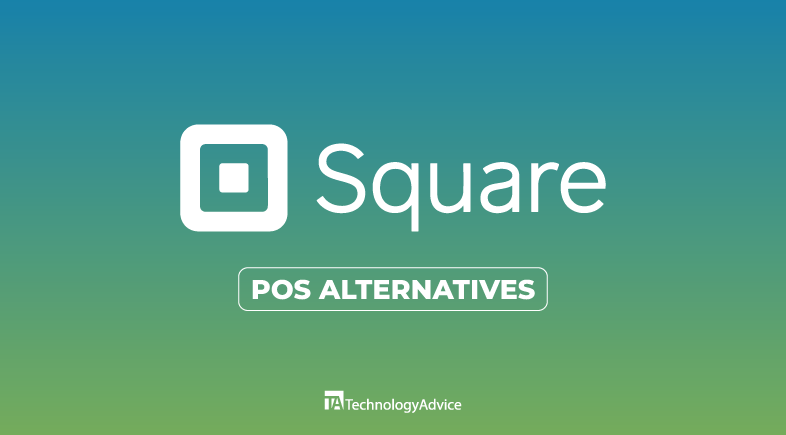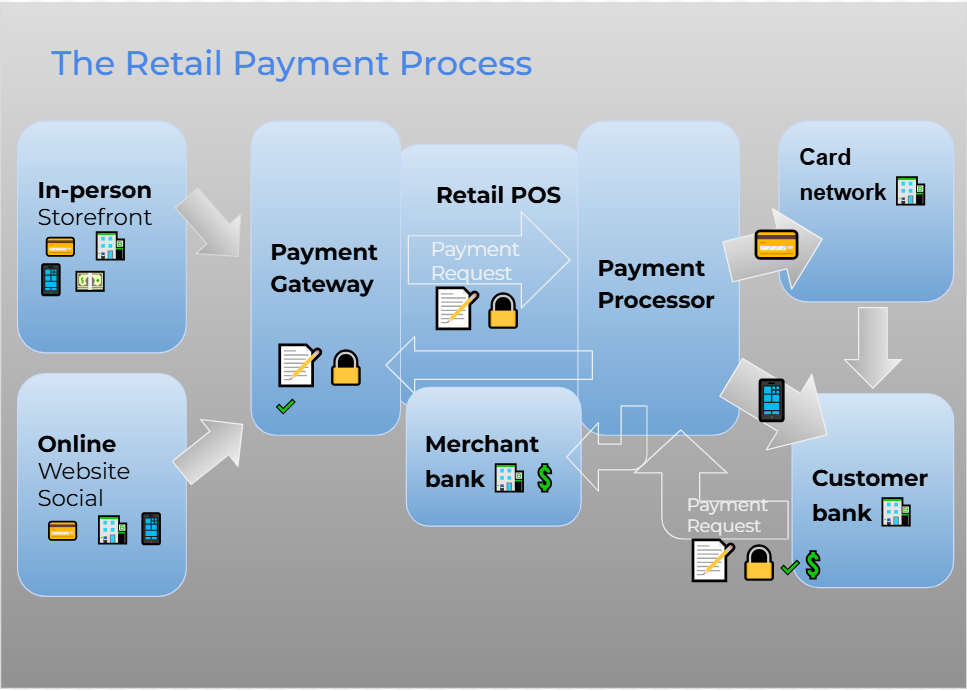Live chat is a web-based service that enables businesses to interact with website visitors in real time. This tool is widely utilized across various industries to deliver immediate customer support, address inquiries, and share relevant information with potential and existing customers. By providing on-the-spot assistance, live chat enhances the overall user experience, helps resolve issues quickly, and builds trust with customers.
What is live chat for customer service?
Live chat for customer service gives agents a significant boost as it allows them to work more efficiently and improve customer satisfaction by responding to issues in real time. This greatly reduces wait times when compared to Interactive Voice Response (IVR) systems and phone and email support. Generally, live chat for customer service tends to improve the customer experience while increasing the chances of solving problems on the first attempt.
Since most agents can handle multiple chats at once, a live chat system can increase productivity and lower costs. Chat transcripts can also be very useful for training purposes and for performing quality checks regularly.
Many live chat systems are built into customer relationship management (CRM) solutions. And they tend to include chatbots that answer common questions, giving agents additional time to focus on more complex issues. A live chat’s speed and convenience often match customer preferences, making it an essential tool for building loyalty and trust between your company and its customer base.
The live chat software market is expected to grow considerably, as more companies are adopting live chat services. Some reports expect significant growth in the global live chat software market in the next decade. Market size reached $1,147.7 million in 2024 and is expected to reach $2,169.8 million by 2033, according to the IMARC Group.
What are the benefits of customer service live chat?
Live chat is a powerful tool for customer service. It enables instant communication, which allows businesses to respond to customer questions or problems quickly. This fast support reduces frustration and builds trust between live agents and their clientele.
It’s also convenient, as customers can get help directly on a website without making a call or switching platforms. Modern consumers appreciate this easy and discreet option. Plus, live chat reduces wait times since agents can assist multiple customers at once.
For businesses, live chat saves time and reduces expenses (Engagebay, one of the best free CRM software, offers live chat in its $0 plan). It also provides useful insights from chat records, helping companies understand and solve common problems. Personalization is another advantage, as agents can tailor support based on a customer’s history.
What are the drawbacks of live chat for customer service?
While live chat has many benefits, it also has some drawbacks. One challenge is the need for constant availability, as customers expect fast responses. Delays can cause frustration, so businesses must ensure that they have enough staff on hand, which can raise costs, especially during busy times.
Text-based communication can sometimes feel impersonal, and without tone or body language, messages may be misunderstood. Live chat is also less effective for solving complex issues that need detailed explanations, whereas multichannel customer service that includes phone or in-person support might work better.
Live chat depends on reliable internet and stable software as well. Glitches, outages, or slow responses can frustrate customers and diminish their trust in your company. Handling multiple chats at once can also overwhelm agents, which may lower service quality.
Finally, live chat can lack the personal touch some customers prefer, especially those uncomfortable with digital tools. To succeed, businesses need to balance automation with genuine interaction and plan carefully to make live chat both efficient and customer-friendly.
A good chatbot starts with great customer service software
The quality of customer service software directly affects how well a chatbot performs. Good software connects easily with customer databases, giving the chatbot access to useful details like purchase history for personalized responses that are proven to boost customer satisfaction.
Advanced software also uses natural language processing (NLP) to ensure that the chatbot understands and answers questions accurately. It can handle complex issues by escalating them to human agents smoothly, which reduces frustration.
Reliable software ensures fast responses, constant availability, and strong security, which are key factors when it comes to building trust. Reliable software also provides tools to analyze and improve the chatbot’s performance over time.
That said, poor software tends to lead to more errors, slow replies, weak security, and less effective interactions. This can harm customer trust and satisfaction while significantly impeding a chatbot’s success.
Key features of the best live chat apps
Many of the top CRM services include live chat apps and other customer support features designed to enhance customer care and engagement. Real-time messaging with quick response times is a core functionality, ensuring instant communication. These apps often include customizable chat widgets, allowing businesses to align the chat interface with their brand.
Integration capabilities with CRM systems and customer databases are crucial, as they enable agents to access relevant customer information during interactions. Automation features like chatbots handle common queries, while seamless agent handovers manage complex issues. Multi-channel support ensures chats can occur across platforms like websites, social media, or mobile apps.
Lastly, advanced tools like analytics and reporting track chat performance and identify trends for continuous improvement. Features such as proactive messaging allow businesses to initiate conversations based on user behavior. Security measures, including data encryption and compliance with privacy standards, protect sensitive customer information and make these apps effective and trustworthy.
Frequently asked questions (FAQs)
A customer service agent can chat with a customer online using a live chat platform integrated into the company’s website. Agents typically use a user-friendly dashboard to manage multiple chats, monitor performance, and ensure smooth communication.
Several free live chat apps are available for customer service teams, such as HubSpot Live Chat, and Crisp. These tools offer basic features like real-time messaging, chat history, and integrations. While free plans are usually limited in features, they’re excellent for small businesses or teams that are new to live chat support.
Google provides 24/7 customer support for certain services, like Google Workspace and Google Ads, typically via chat, email, or phone. However, general support for free products like Gmail or Google Search is limited to help articles and forums, without direct round-the-clock live agent assistance.
Companies known for exceptional customer service include Amazon for its fast issue resolution, Apple for its knowledgeable support, and Zappos for its personalized care. These brands prioritize customer satisfaction and are often recognized as industry leaders.





